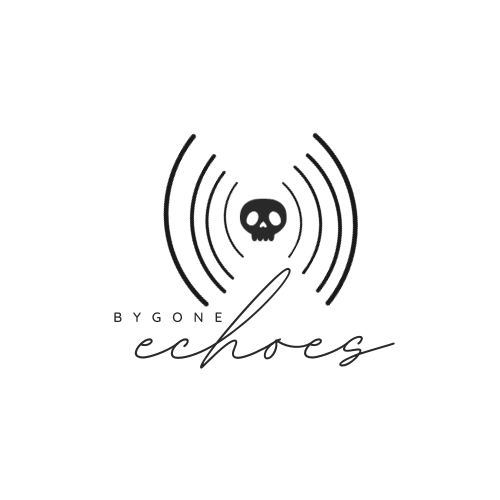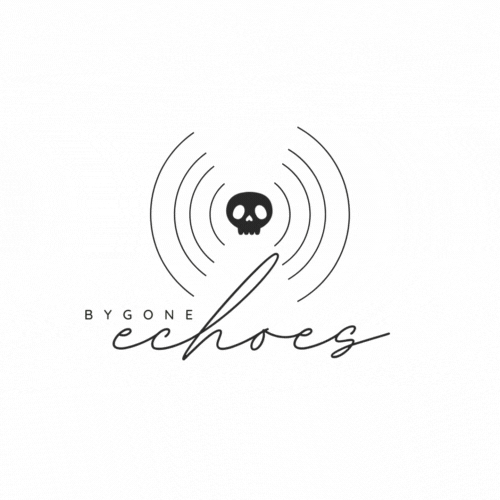The Tragedy of the Hollywood Sign Girl
⚠️ TRIGGER WARNING: Discussion of suicide. Reader discretion is advised.
TL;DR: Peg Entwistle, known as the "Hollywood Sign Girl," was an aspiring actress who tragically ended her life by jumping off the Hollywood Sign in 1932 after her movie career flopped. Her story became a ghostly legend, symbolizing the dark side of the pursuit of fame. In 2014, fans honored her memory with a screening of her film "Thirteen Women," raising funds for suicide prevention. A reminder that behind the glam, Hollywood can be harsh. 💔🎬
Gear up for a journey through the flickering lights of Old Hollywood, where the stars shone bright and the shadows held secrets. Today, we’re turning the spotlight on one of Tinseltown’s most haunting tales—literally. Nestled high above Los Angeles, the iconic Hollywood Sign is not just a landmark but also the setting of a tragic story from the golden age of cinema-the tragic tale of the “Hollywood Sign Girl”, a woman named Peg Entwistle.
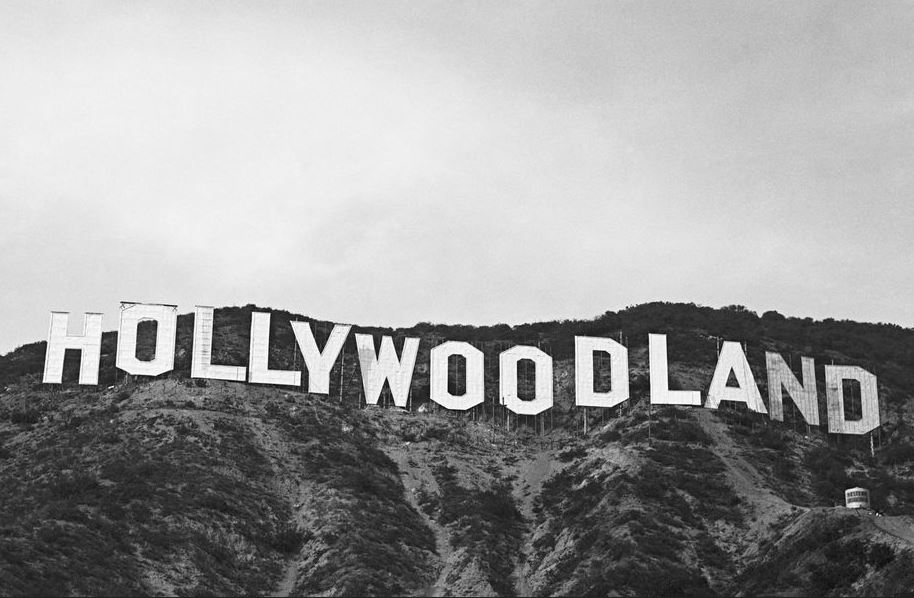
Hollywood in the 20’s and 30’s
In the 1920s, Hollywood transformed from a mere geographic location into a vibrant cultural symbol, embodying dreams of fame and fortune. This decade, often referred to as the Roaring Twenties, was marked by profound social and cultural changes. Jazz music erupted from speakeasies, igniting the first major youth culture movement in America.
The film industry, too, was in a golden age of innovation and expansion.
In 1923, the Hollywoodland Sign was erected high on Mount Lee, not as a tribute to the burgeoning film industry but rather as an advertisement for a real estate development. The sign was meant to last just a year and a half, yet it has endured much longer, becoming an emblem of the entertainment industry’s aspirations and disappointments. During this time, Hollywood was bustling with the antics of celebrities such as the controversial yet humorous Charlie Chaplin and the stunningly alluring Greta Garbo.
The 1920s in Hollywood were not just about creating stars on the screen but also about significant technological advancements in filmmaking. The introduction of synchronized sound in movies with “The Jazz Singer” in 1927 marked the decline of silent films and the rise of the “talkies,” revolutionizing the cinematic experience. This innovation coincided with the end of the silent era and the beginning of a new dynamic phase in Hollywood.
As Los Angeles grew, so did its influence on fashion and lifestyle, reflecting the opulence and flair of Hollywood. The city itself became a cultural icon, with the film industry at its heart, influencing other industries from fashion to technology. The Hollywood sign, initially temporary and utilitarian, has come to represent the permanence of the change Hollywood wrought on American culture. It stands as a monument to an era of extraordinary cultural shift, mirroring the transformation of a nation caught between the aftermath of World War I and the onset of the Great Depression.
The Hollywood Sign Girl
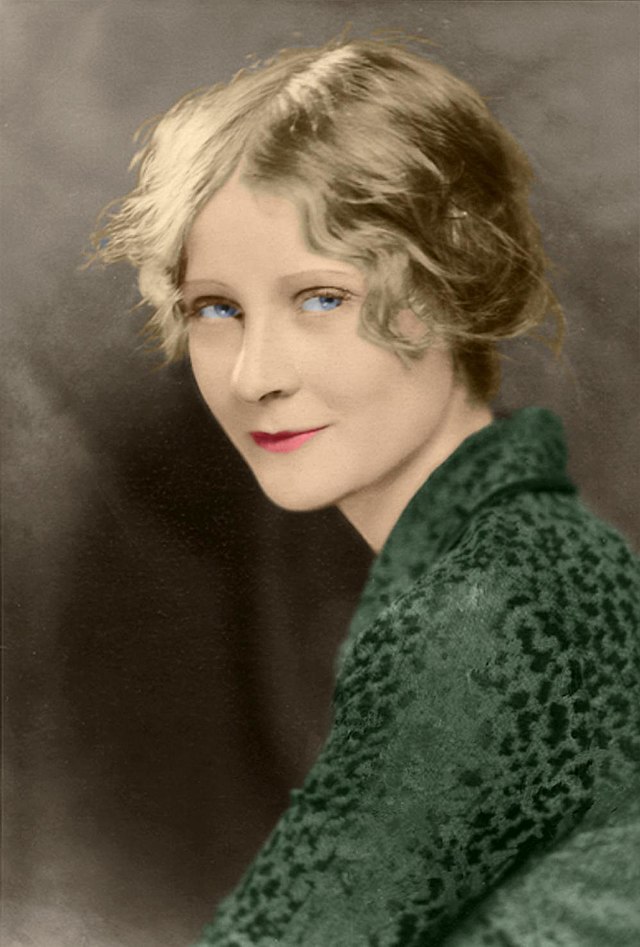
Peg Entwistle was born Millicent Lilian Entwistle in Port Talbot, Wales, in 1908, into a family deeply rooted in the theatrical arts. Her father, Robert Symes Entwistle, was a prominent stage actor, which fostered Peg’s early interest in acting. Despite a common misconception, her mother did not die when Peg was young. Her parents divorced due to her mother’s infidelity. Her father moved with Peg in 1913 to seek new opportunities in New York City, a burgeoning hub for theater during the early 20th century.
In New York, her father continued his acting career, immersing Peg in a world that nurtured her aspirations. Tragically, he died in a hit-and-run accident, leaving her orphaned in her teens. This could have derailed her ambitions, but her resilience led her to continue her pursuit of acting. She was then cared for by her uncle, Charles Entwistle, who was also involved in theater. Under his guidance, she honed her craft in the vibrant New York theater scene, leading to her Broadway debut in 1927 in the play “The Wild Duck.”
Peg had talent and her performances on Broadway garnered positive reviews, earning her additional roles and establishing her as a rising theatre star. Often cast in comedic parts, she typically played the charming ingénue, a role in which she thrived. Her reputation even led her to travel across the country, performing in places like Hollywood, where movie producers were eager to sign her. Despite this interest from the film industry, Peg’s true passion lay in theater, and she chose to remain in that realm for several more years. However, as the Great Depression took hold, opportunities in the theater began to dwindle significantly.
Peg was drawn to the allure and opportunity of Hollywood cinema. Seeking fame and fortune, she moved to Los Angeles and developed a fascination with the Hollywoodland sign. However, the transition from the New York stage to the Hollywood screen proved challenging. The Great Depression had tightened opportunities in theatre and film alike, and the film industry itself was as unpredictable as it was glamorous.
Peg Entwistle’s fleeting journey in Hollywood resulted in a single supporting role with RKO Pictures in the film “Thirteen Women.” Tragically, much of Peg’s work was omitted from the final edit, and her contract was not renewed by RKO. This series of personal and professional setbacks left Peg profoundly disheartened.
On the calm, cool evening of September 16, 1932, Peg left the home of her uncle with the claim she was meeting up with friends. She eventually made her way to the Hollywoodland sign, climbing to the top of the ‘H’. In a profound moment of despair, Peg jumped to her death at just 24 years old. Near her body, a suicide note was found, expressing her inner turmoil:
I am afraid, I am a coward. I am sorry for everything. If I had done this a long time ago, it would have saved a lot of pain.
P.E.
A female hiker discovered Peg’s remains, and in the following days, newspapers were abuzz with the tragic news of an unidentified woman’s death. The story, particularly because it occurred at the Hollywoodland sign—a site that had always fascinated Peg—drew her uncle’s attention. He subsequently identified her body and she was eventually laid to rest beside her father.
Adding to the tragedy, when the film “Thirteen Women” premiered a month after her death, it was critically panned, failed commercially, and did nothing to enhance her career or legacy. Peg’s tragic end marked the beginning of paranormal sightings and stories that continue to linger around the iconic sign.
The Ghost of the Hollywood Sign Girl
Over the years, the iconic Hollywood Sign has transcended its role as merely a symbol of the film industry’s glamour, becoming the focal point for eerie legends, especially those surrounding Peg Entwistle. Reports of a ghostly figure near the sign, believed by many to be Peg’s restless spirit, have persisted. Ghostly sightings began immediately after her death, and grew significantly in the 1940s.
One can’t help but feel these sightings of Peg Entwistle’s ghost are more than spooky tales; they are a haunting reflection of Hollywood’s dual nature—its ability to enchant and to devastate. The spectral figure that has been seen, dressed in 1930s attire, represents not only supernatural phenomena but also the profound human costs of celebrity.
Moreover, these ghostly encounters have sparked deeper discussions about the ethics of romanticizing tragic tales. They expose the darker facets of Hollywood’s history, revealing how the industry’s glamorous facade often masked the exploitation and severe emotional distress that some stars endured. The narratives surrounding these sightings intertwine with genuine concerns about mental health and the burdens of fame, highlighting the ongoing struggles within the entertainment industry.
Remembering Peg
Peg Entwistle’s tragic end forces us to confront the harsh realities of fame and the relentless pressures that riddle the entertainment industry—issues that remain strikingly pertinent today. As the Hollywood machine continues its relentless churn, the discourse around mental health and the support networks for actors has improved, yet there’s still much more to be addressed. Her story echoes the challenges faced by many in the spotlight, starkly reminding us of the industry’s often cruel nature and the heavy personal cost of celebrity.
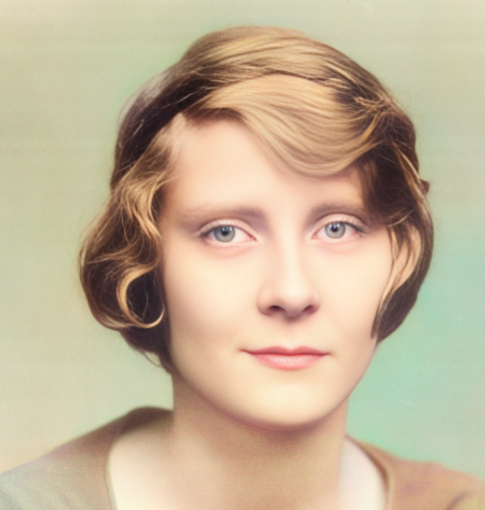
The Hollywood Sign itself has evolved from a temporary advertising tool to a permanent and beloved emblem, encapsulating the hopes and dreams of many who tread a path similar to Peg’s. Let us remain kind, nurture our curiosity, and be ready to craft new histories as we explore how the echoes of the past still resonate in our modern world.
In a touching tribute to Peg Entwistle, about 100 people gathered in 2014 at the Beachwood Market parking lot in Hollywood to mark the anniversary of her death. The attendees watched “Thirteen Women” on an outdoor screen, the film that briefly showcased her Hollywood career. The event also featured a raffle and sales of food and beverages, with all proceeds benefiting the American Foundation for Suicide Prevention in honor of Entwistle. This commemorative gathering not only paid homage to her memory but also highlighted the ongoing conversation about mental health in the arts community.
As we reflect on the tale of the Hollywood Sign Girl, it’s a reminder of the timeless allure and the perilous pitfalls of the limelight. Peg Entwistle’s story is a chapter in Hollywood’s history that compels us to look beyond the glitter to see the grit. Be kind, be curious, and be ready to make history as we continue to explore the echoes of the past in our modern world.
Interested in learning more? We recommend:
- The Boulevard of Broken Dreams by James Monroe
- Documentary: The Ghosts of Hollywood
- TV Series: Hollywood’s Dark History
- Website: classiccinemacorner.com for deep dives into classic Hollywood history.
You can also learn more on our website, https://www.bygoneechoes.website
⚠️ If you or someone you know is struggling or in crisis, help is available.
Call or text 988 or chat online at 988lifeline.org.
